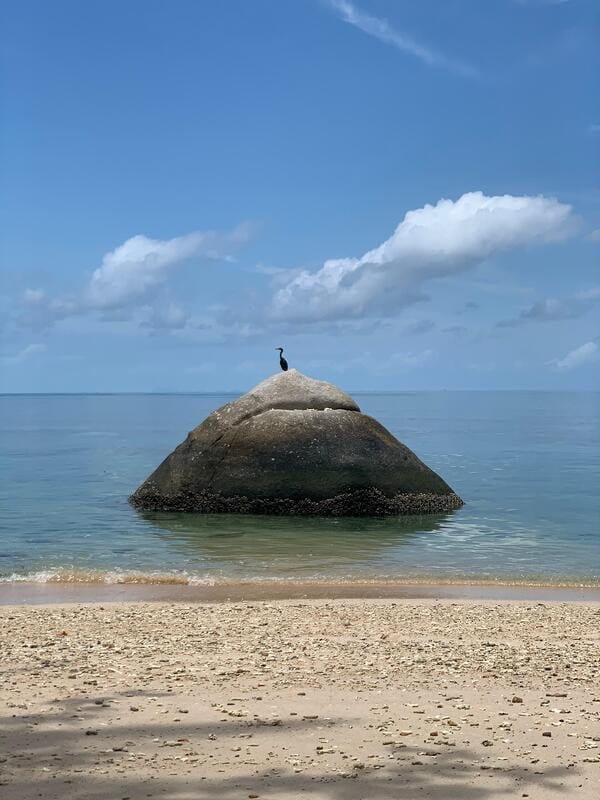Dustin Gyger’s bicycle company, sixthreezero, has been experiencing an unprecedented demand for their product. This hyper-demand has presented him with a host of challenges. As he addresses the primary issue of scalability, Dustin finds that operational problem solving has been testing aspects of his leadership. Here are a handful of insights that Dustin has gleaned from this time of rapid change.
Communication
Full transparency requires sharing what you don’t know
One hallmark of change is that the facts of the situation shift rapidly. What is true today may not be true tomorrow. Initially, Dustin focused on sharing the information that he knew about the situation in order to create transparent communication with customers. However, he quickly observed that the reality of the situation was changing faster than his communication. Because the pace of change is making situational information obsolete, the well-intended messaging was being perceived by customers as inaccurate or untruthful. Dustin realized that effective communication during times of change had to include more than what he knew – full transparency also requires sharing what you don’t know.
Decision Making
Don’t wait. Go with your projections. Adjust as needed.
The most challenging aspect of decision making for Dustin has been the time crunch created by waiting. He says that the hardest decisions have been the ones that he didn’t know he had to make until it was too late. Early indicators pointed towards a rise in demand, and Dustin says that he would have benefited from making a projection, following his gut, and adjusting course as needed.
Vision
Maintain the long view
The key insight that Dustin wishes to keep top of mind – “Maintain the long view.” His company separates itself from competitors by being a small company that provides customers with personal attention. However, the recent spike in demand has caused them to use templates and batch communication to survive the high volume of customer inquiries (to give you a sense of the scale of change – they received the equivalent of nine months of web traffic in the first two weeks of April). Dustin states that it is easy to convince ourselves that the immediate thing is the most important. He is looking forward to restoring balance by bringing more attention to the long view. Amidst the short-term challenges, Dustin aims to keep asking: “What is the long-term opportunity here?”


